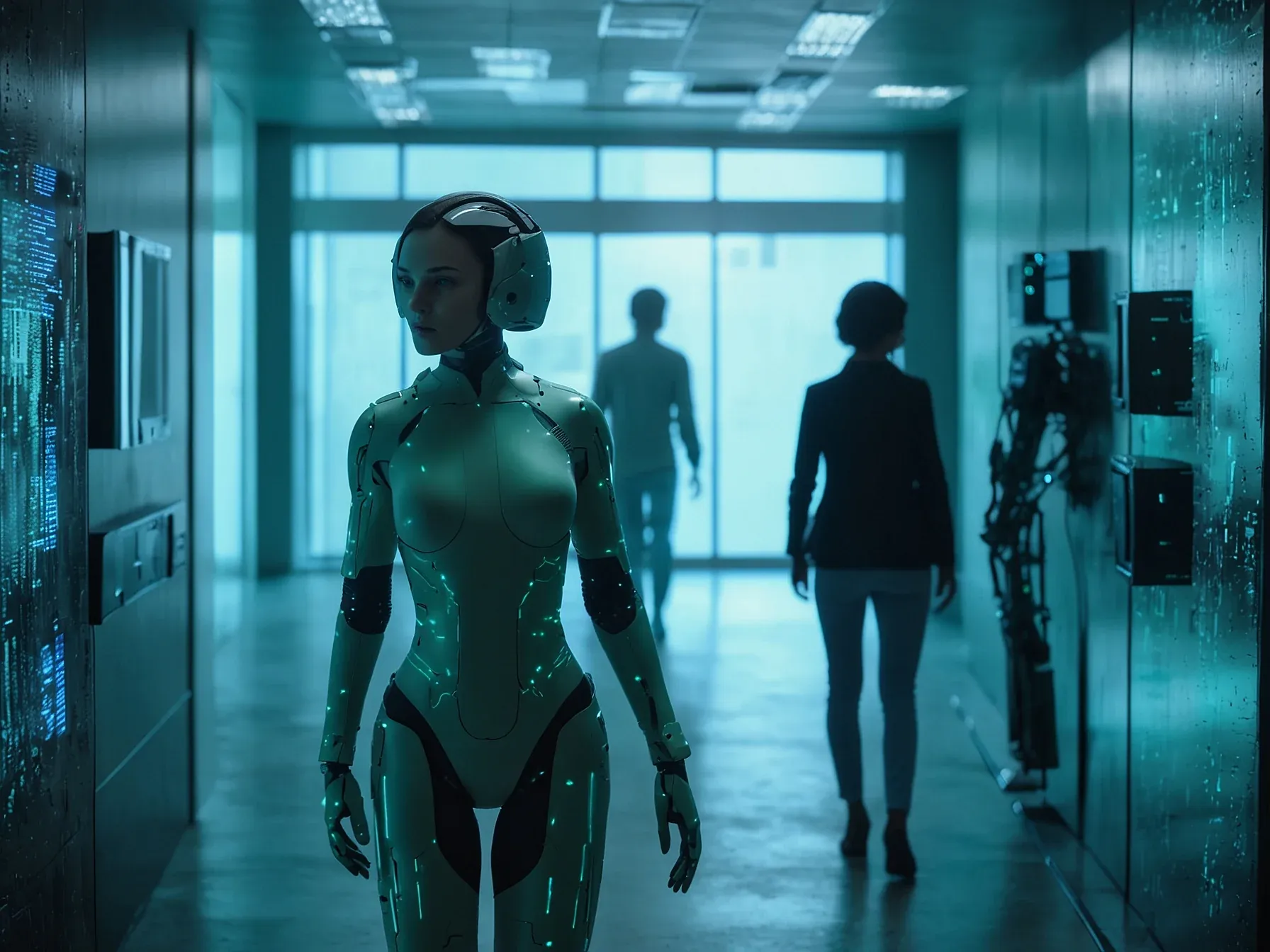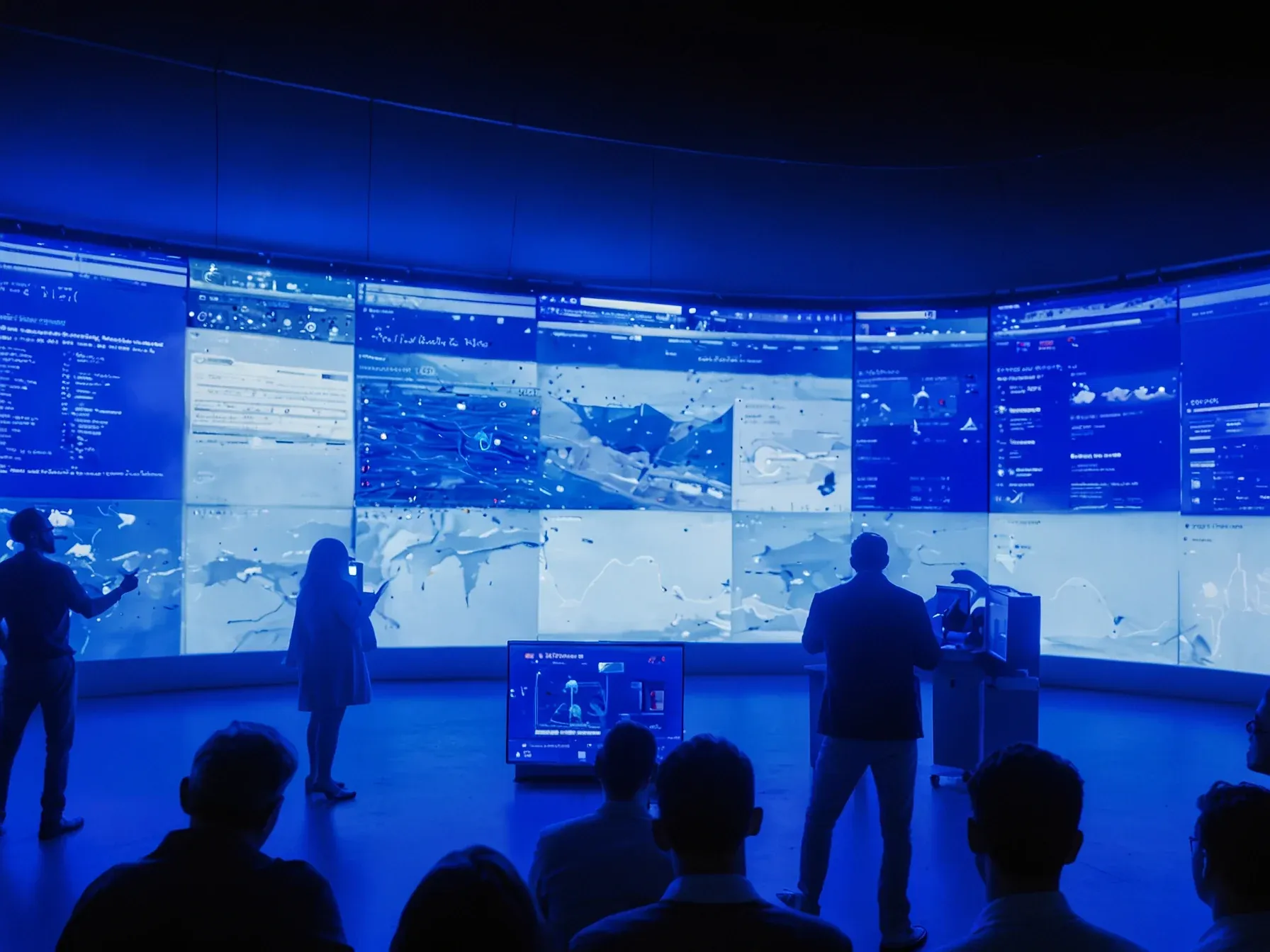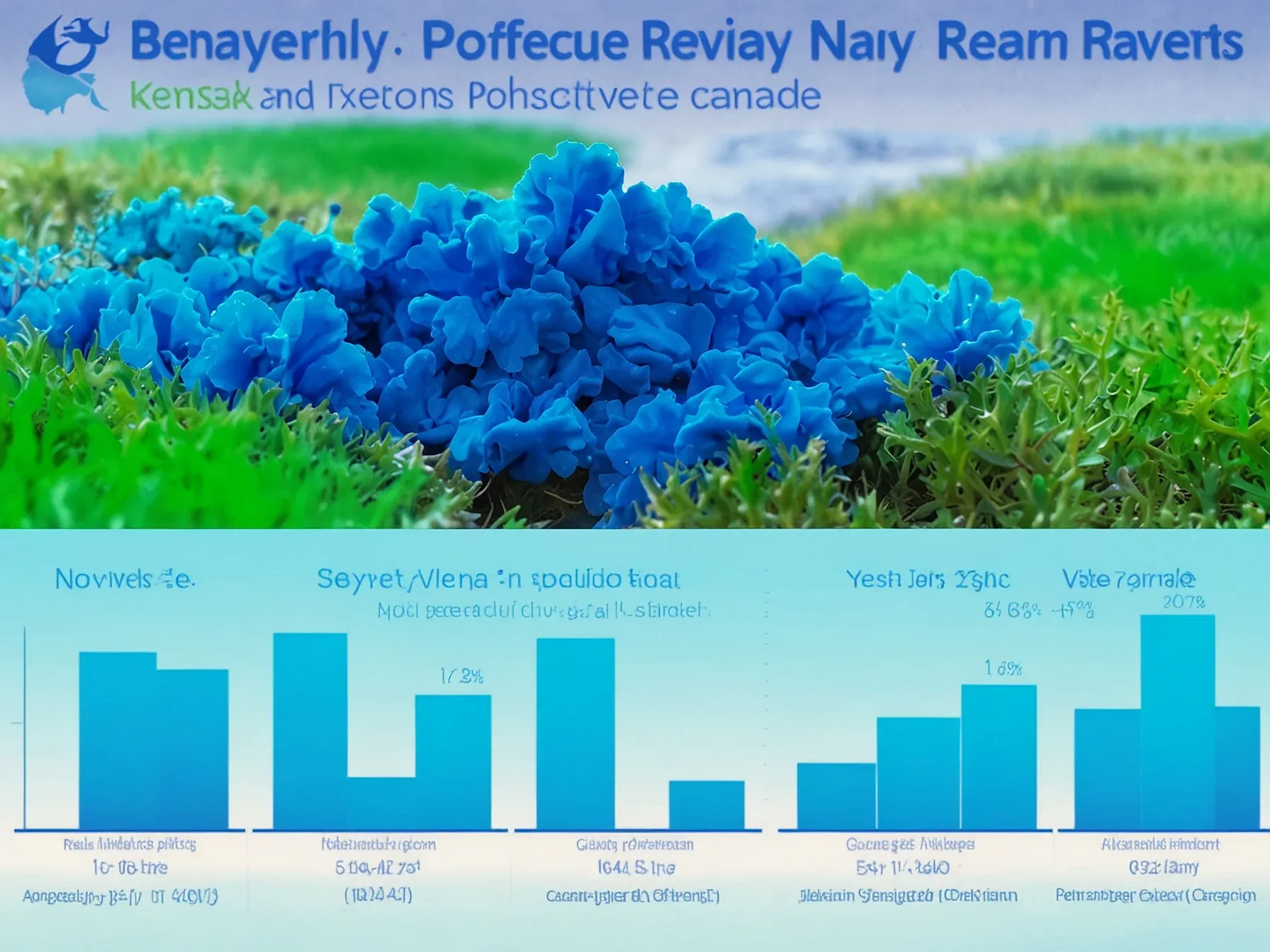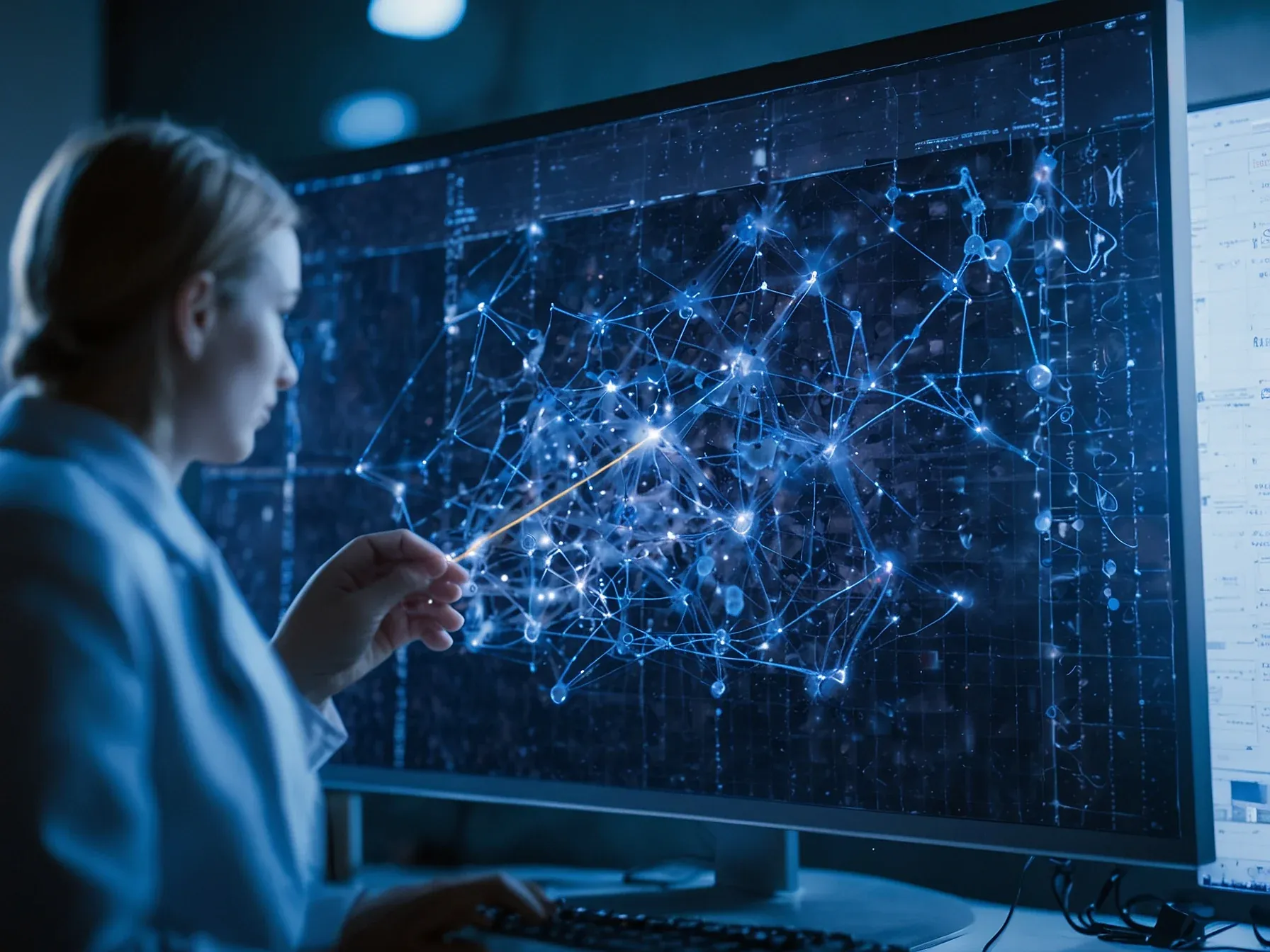
Agentic AI Explained: How Autonomous Systems Mark a Foundational Leap
Why does the term “agentic AI” matter now? While most AI tools still act like scripted calculators—taking an input and spitting out a fixed answer—new autonomous agents are beginning to behave more like collaborators. The infographic accompanying this piece draws a line between those static models and systems that can set goals, adapt tactics, and even re‑configure their own workflows on the fly.
It shows how these agents process information, make decisions, and execute tasks without a human pressing “run” each time. Here’s the thing: that shift isn’t just a technical curiosity; it signals a move toward AI that can operate continuously in complex environments, from managing supply chains to handling customer queries. The visual breakdown makes the distinction clear, highlighting the underlying mechanisms that let an agent “think” and “operate” rather than merely respond.
Understanding that foundation helps explain why the industry is suddenly talking about a “foundational leap” for AI.
Decoding Agentic AI: The Rise of Autonomous Systems This infographic illustrates what sets these agents apart, how they operate, and why they represent a foundational leap for AI. These autonomous agents denote a shift from static models that respond to inputs to dynamic systems that think and operate independently. The infographic below illustrates what sets these agents apart, how they operate, and why they represent a foundational leap for AI.
They are great at generating text but don't perform follow-up actions, use external tools, or adapt their approach based on results. AI agents introduce multi-step autonomy: they can take a goal, plan how to achieve it, execute those steps, and summarize results. Instead of just writing a haiku or giving advice on a night out, they can research market trends, analyze data, or generate reports using a variety of tools along the way.
Agentic AI makes the shift from being passive tech to active problem-solvers, capable of coordinating tasks, using APIs, and learning from outcomes. The planning module -- the brain -- decomposes complex objectives into manageable subgoals, such as searching, reading, or extracting relevant data. It's the agent's reasoning engine, breaking big challenges into achievable actions.
While the infographic paints agentic AI as a foundational leap, the evidence remains limited to a conceptual shift from static models to autonomous systems that plan, act and self‑improve. Could these agents truly operate without constant human oversight, or will hidden dependencies emerge as they scale? The claim that they “think and operate” suggests a move toward dynamic behavior, yet the description offers no concrete metrics or real‑world deployments to verify that promise.
Nevertheless, the distinction drawn between input‑driven models and self‑directed agents is clear. It highlights a potential evolution in how AI might be built, emphasizing internal goal‑setting and iterative improvement. Still, the article stops short of detailing performance benchmarks, safety mechanisms or long‑term reliability. Unclear whether these autonomous capabilities will translate into practical advantage beyond theoretical appeal.
In short, the material introduces a compelling vision of agentic AI, but without further data the extent of its impact remains uncertain. Readers should weigh the optimism against the lack of demonstrable results.
Further Reading
- What Is Agentic AI? Autonomous AI Agents Explained - Aerospike
- Agentic AI: The future of autonomous intelligence - KPMG International
- Agentic AI in Action: How Autonomous AI Agents Are Changing Software Development in 2025 - SculptSoft
- Agentic AI: The Future of Autonomous Decision-Making [Explained] - Landbase
- Agentic AI in 2025: How Autonomous Software Is Quietly Becoming the New Found - Dev.to
Common Questions Answered
What distinguishes agentic AI from traditional static AI models?
Agentic AI refers to autonomous agents that can set goals, adapt tactics, and re‑configure their workflows on the fly, unlike static models that simply take an input and return a fixed answer. This dynamic behavior enables them to process information, make decisions, and execute tasks without direct human prompting.
How does the infographic illustrate the foundational leap of autonomous agents?
The infographic draws a line between static models and dynamic systems, highlighting how autonomous agents plan, act, and self‑improve independently. It visualizes the shift from input‑response behavior to agents that think, operate, and adjust their strategies without constant human oversight.
Why does the article question the real‑world viability of agentic AI?
The article notes that evidence for agentic AI remains conceptual, lacking concrete metrics or real‑world deployments to verify its promises. It raises concerns about hidden dependencies and whether these agents can truly function without continuous human supervision as they scale.
What potential challenges are associated with scaling autonomous agents according to the outro?
Scaling autonomous agents may reveal hidden dependencies that compromise their independence, and the lack of measurable performance data makes it hard to assess their reliability. The article suggests that without concrete validation, the claim that these agents "think and operate" remains speculative.




